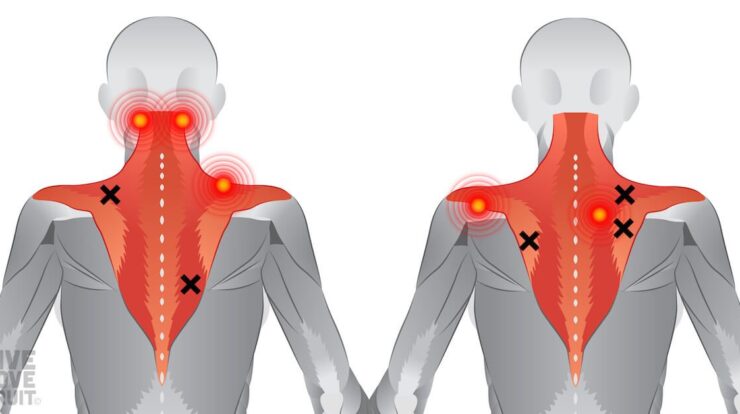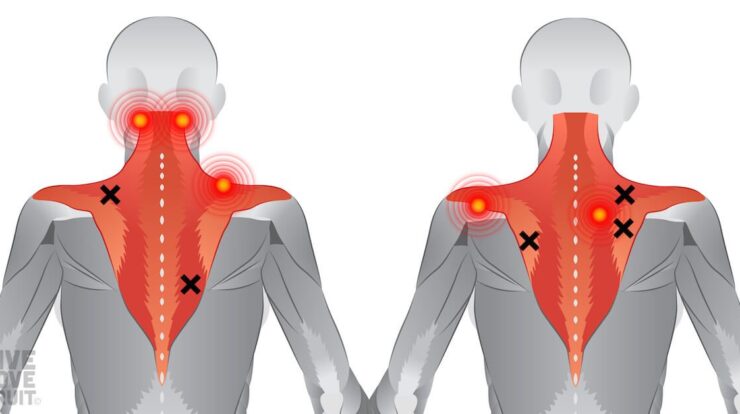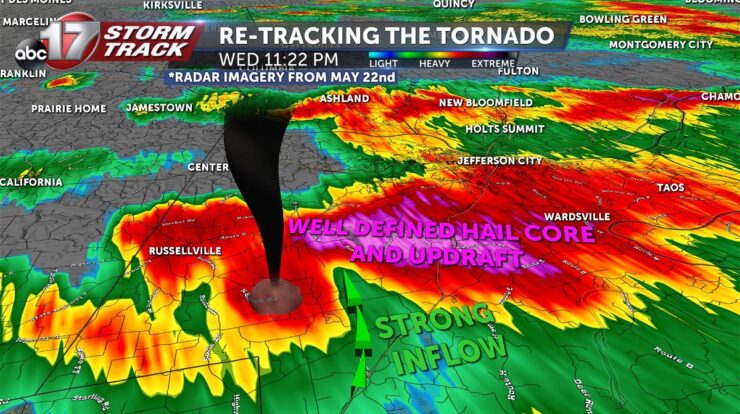
As tornado tracker takes center stage, this opening passage beckons readers with gaya jurnalistik dengan tone berita into a world crafted with good knowledge, ensuring a reading experience that is both absorbing and distinctly original.
Tornado trackers, cutting-edge devices designed to detect and track tornadoes, have emerged as invaluable tools for safety and preparedness. This comprehensive guide delves into the intricate workings of tornado trackers, exploring their features, benefits, applications, and limitations.
Definition of a Tornado Tracker
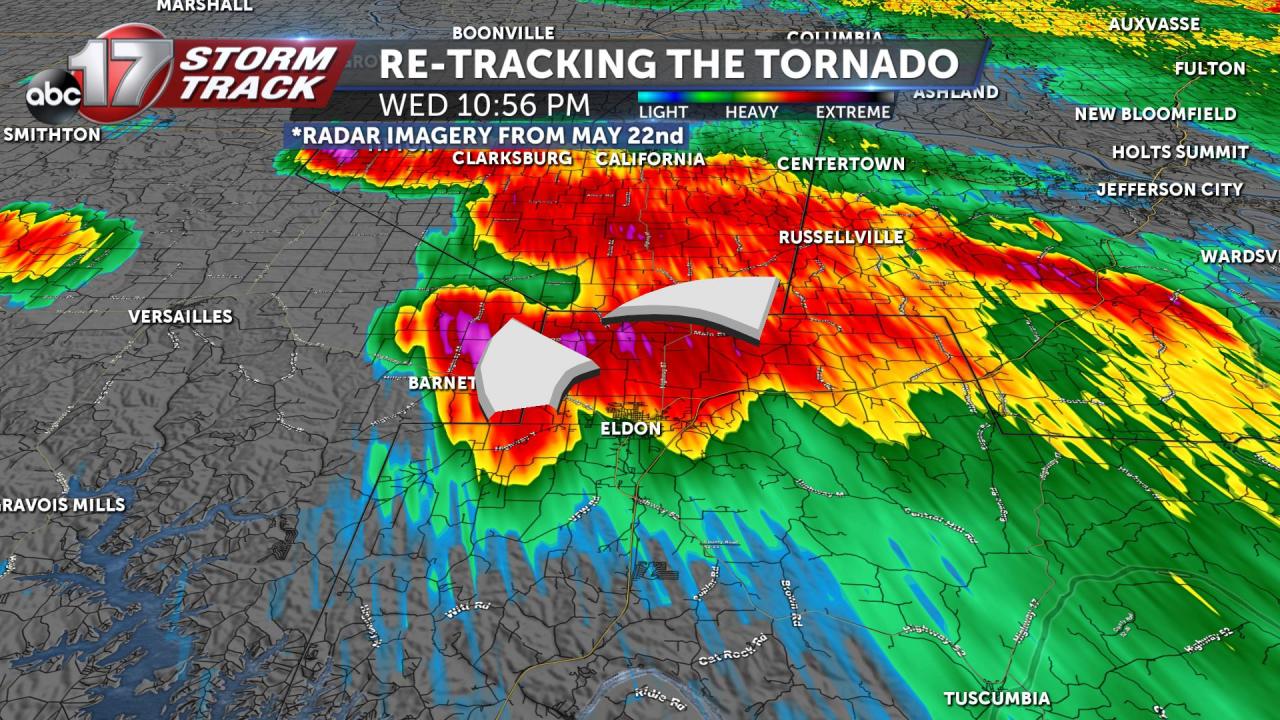
A tornado tracker is a specialized device designed to detect, track, and provide real-time information about tornadoes and severe weather events. It typically consists of a network of sensors, radar systems, and other technologies that work together to monitor atmospheric conditions and identify potential tornado formations.
Features and Capabilities of Tornado Trackers
Modern tornado trackers are equipped with advanced features and capabilities that enhance their detection and tracking accuracy. These features may include:
- Doppler radar:Detects the movement and velocity of precipitation particles, allowing for the identification of rotating air masses and tornado signatures.
- Lightning detection sensors:Monitor lightning activity, which can provide early indications of severe weather and tornado development.
- Wind sensors:Measure wind speed and direction, providing valuable data for tornado tracking and prediction.
- Pressure sensors:Detect changes in atmospheric pressure, which can indicate the presence of tornadoes or other severe weather events.
Benefits of Using a Tornado Tracker
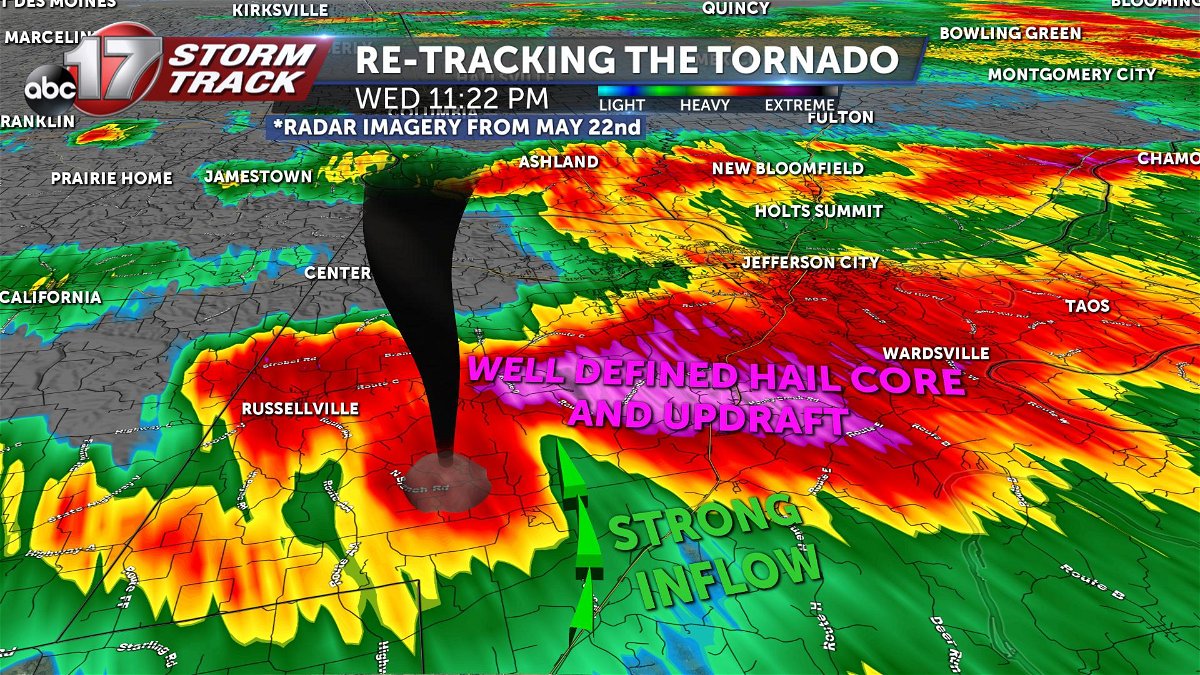
Tornado trackers offer numerous benefits for safety and preparedness:
- Early detection:Provide timely alerts and warnings about potential tornadoes, allowing individuals and communities to take appropriate actions.
- Improved tracking:Accurately track the movement and path of tornadoes, enabling more precise predictions and evacuation routes.
- Enhanced situational awareness:Provide real-time information about the severity and location of tornadoes, helping individuals make informed decisions.
- Increased safety:Reduce the risk of injuries and fatalities by providing early warning and tracking capabilities.
Applications of Tornado Trackers
Tornado trackers are used in various applications, including:
- Weather forecasting:Provide meteorologists with real-time data to improve tornado prediction and forecasting models.
- Emergency response:Assist emergency responders in tracking tornadoes and coordinating evacuation efforts.
- Research:Help scientists study tornado behavior and improve understanding of severe weather events.
Limitations and Considerations of Tornado Trackers
While tornado trackers are valuable tools, they have certain limitations and considerations:
- Accuracy:Detection and tracking accuracy can be affected by factors such as terrain, atmospheric conditions, and sensor limitations.
- False alarms:Tornado trackers may occasionally issue false alarms due to environmental factors or equipment malfunctions.
- Limited range:The range of tornado trackers can vary depending on the technology used, which may limit their effectiveness in detecting tornadoes in remote areas.
Best Practices for Using Tornado Trackers
To effectively use tornado trackers, follow these best practices:
- Monitor alerts and warnings:Pay attention to tornado warnings and alerts issued by weather authorities and tornado trackers.
- Understand tornado terminology:Familiarize yourself with terms such as “tornado watch” and “tornado warning” to distinguish between potential and actual tornado threats.
- Have an evacuation plan:Develop an evacuation plan and identify safe shelter locations in case of a tornado warning.
- Seek reliable information:Refer to trusted sources, such as the National Weather Service, for accurate tornado information.
Future Developments in Tornado Tracking Technology
Advancements in technology are expected to further enhance tornado tracking capabilities:
- Improved sensors:The development of more sensitive and accurate sensors will enhance the detection and tracking of tornadoes.
- Advanced algorithms:Artificial intelligence and machine learning algorithms can improve the analysis of tornado data and provide more accurate predictions.
- Real-time data sharing:The development of platforms for real-time data sharing will improve collaboration and situational awareness among weather forecasters, emergency responders, and the public.
Closing Summary
In the face of the unpredictable nature of tornadoes, tornado trackers serve as a beacon of hope, empowering individuals and communities to stay informed, take appropriate actions, and ultimately enhance their resilience against these formidable weather events. As technology continues to advance, the future of tornado tracking holds promising advancements that will further refine our ability to detect, predict, and respond to tornadoes.
Commonly Asked Questions
What is the purpose of a tornado tracker?
Tornado trackers are designed to detect and track tornadoes, providing valuable information about their location, intensity, and movement.
How do tornado trackers work?
Tornado trackers utilize various technologies, such as radar and lightning detection, to identify and track tornadoes.
What are the benefits of using a tornado tracker?
Tornado trackers provide early warnings, allowing individuals and communities to take appropriate actions, such as seeking shelter or evacuating.
